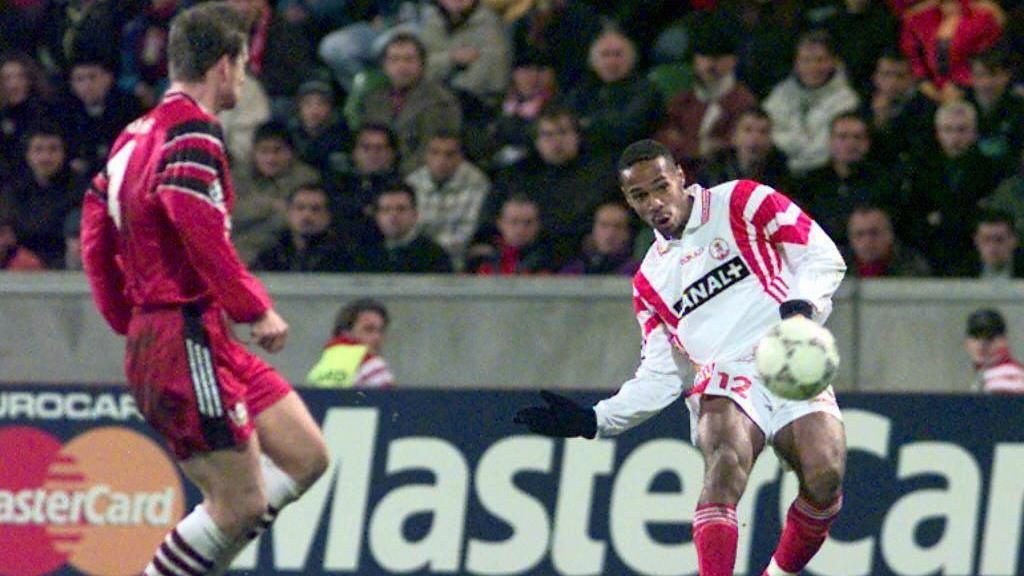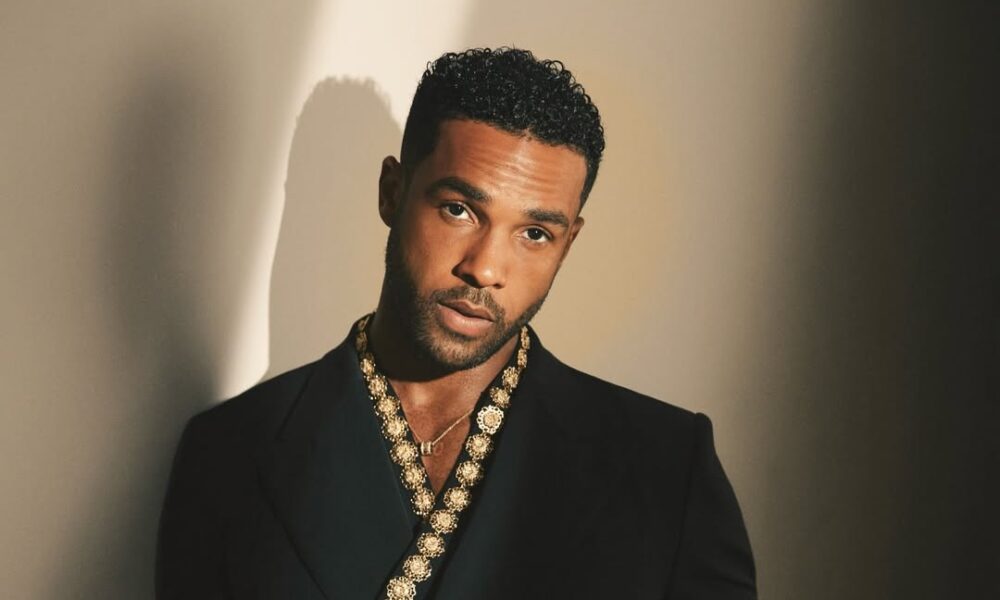Lights! Camera! Action! : Performance and the Loss of Ritual in Modern Worship
.jpg)
The Stage Lights and the Pulpit
It used to be that when we walked into a church, we walked into a sanctuary. A space of stillness. Reverence. A room where voices rose not for applause but in sacred surrender. Today, it’s not uncommon to step into a church—especially in major African cities—and mistake it for a stage. Bright lights, curated stage designs, thundering speakers, fog machines. Even the ushers move like production staff. Something has shifted, and whether we choose to notice or not, worship is beginning to wear the costume of performance.
This shift didn’t start in Africa, but it’s quickly catching up here. What once looked like ritual—communal, reverent, and sacred—is fast becoming a spectacle. The sermons now come with screens. The choir is sometimes a dance troupe. Pastors arrive in a choreographed style. And congregants are often more audience than participants.
Borrowing from the West, Losing Ourselves
Western evangelical churches led this change—particularly the megachurches that exploded in the late 1990s and early 2000s. Worship became production. Services became shows. The goal? To reach the unchurched, the youth, the modern seeker. And it worked—for a time. Numbers grew, stages expanded, and the Sunday experience became seamless.
African churches watched, learned, and soon adapted. In cities like Accra, Lagos, Nairobi, and Abidjan, you now find Sunday services that rival concerts in sound, precision, and mood. Churches such as Watoto in Uganda, House on the Rock in Nigeria, and a growing number of rebranded ministries across West Africa, have embraced this performance culture fully. Services are streamed globally, the aesthetics are tight, and the branding is strong.
But with that has come an unintended tradeoff. The music is louder, but the silence is gone. The crowds are bigger, but the intimacy is thinner. And the experience—though moving—feels increasingly manufactured.
Worship or Entertainment?
SOURCE: churchtimes
The line between inspiration and entertainment has never been this thin. And the question many are now beginning to ask is: what exactly are we doing every Sunday?
Is the goal to worship or to feel something? Are people gathering to meet God—or to be moved by ambiance? The danger with worship as performance is that it becomes predictable. Like a concert, people expect a rise and fall, a particular rhythm of emotions. The pastor must be eloquent. The worship leader must hit every note. And the energy must not dip.
It’s not that excellence is wrong. The problem is when performance becomes the metric for presence. When God must be felt only through goosebumps, and a quiet service is deemed “dry.” We start confusing noise for power and mistake mood for spirit.
A Culture Slowly Forgotten
This performance culture does more than shift expectations. It erases history. Before the bright lights, African Christianity carried deep ritual meaning. From the way offerings were brought forward to the long communal prayers led by elders, to the call-and-response songs passed down through generations, worship was not entertainment. It was an engagement.
In rural churches today, some of this still survives. But even there, the pressure to “upgrade” is mounting. Congregations want to be like the city churches. Instruments are imported. LED screens are introduced. And suddenly, the altar becomes a backdrop.
But behind this shift is also a form of forgetting. Colonial missionaries once banned traditional instruments, dance, and language in churches—labeling them pagan. African worship was muted, restrained, repressed. The post-independence era tried to reclaim this, reintroducing drums, claps, and vernacular hymns. Yet now, in our obsession with modern appeal, we are again silencing the soul of our worship, not by force, but by fashion.
Churches Designed to Impress, Not Invite
A church service now often feels curated for viewership rather than belonging. From the sleek transitions to the branded messages, everything feels produced. And while some churches do this with depth and intention, many others follow the trend blindly.
Inclusivity is the usual justification. We want everyone to feel welcome. We want young people to stay. But in this quest for broad appeal, we often lose the very thing that made the church sacred. Not its perfection—but its posture.
When you can’t hear yourself think in worship, or when every prayer feels rehearsed, you start to wonder: Is this space really mine? Or am I just part of the show?
The Role of Identity and Expression
It’s also important to admit that African worship has always been expressive. Loud drums, singing, dancing—these are not foreign. What’s different now is not the noise, but the reason behind it.
The older forms of worship expressed joy, grief, petition, and praise from a deeply communal place. They were raw, unscripted. Today’s performances, however, are often designed to fit a camera frame. They are rehearsed, timed, monetized. What we’re seeing is not the expression of community—but the projection of branding.
And the worst part? The pressure is contagious. Even small congregations now feel they must perform. Pastors must sound motivational. Worship teams must look stylish. Everything becomes filtered through the lens of impression.
A Generation Hungry for Meaning
Ironically, in the age of performance, many young people are becoming spiritually starved. They attend the services. They sing the songs. But something is missing. They want encounters, not entertainment. They crave depth, not just design.
Some have begun returning toliturgical churches. Others seek quieter spaces—prayer rooms, vigils, solitary retreats. The pendulum is slowly swinging back. Because no matter how impressive a service is, people always long for the truth.
And ritual—real ritual—is truth in motion. It’s the slow, repeated act that grounds faith in the body. It’s the kneeling. The silence. The tears that aren’t caught on camera. That’s what ritual preserves. And it’s what performance often crowds out.
Recovering Sacred Spaces
There’s no need to abandon beauty or creativity in worship. But there is a need for reflection. Church leaders must ask: are we feeding people, or just entertaining them? Are we designing encounters or creating spectacles?
Recovering the sacred doesn’t mean we return to the past. It means we slow down. We listen. We balance excellence with honesty. And we create space not just for those who come with energy—but also for those who come with emptiness.
Some churches are already doing this. They are dimming the lights a bit. Letting silence sit longer. Choosing vulnerability over polish. And reminding us that worship, at its best, is not a performance to watch—but a mystery to enter.
What We Must Not Lose
Africa’s spiritual heritage is rich. It doesn’t need rebranding. It needs remembering. In our songs, our dances, our prayers—there is wisdom. And in our rituals, there is power. The church can evolve, yes. But it must evolve with roots, not just reach.
Because once worship becomes only a show, it ceases to be sacred.
And in a world already full of noise, what people crave most on Sunday is stillness, sincerity, and the presence of something greater than lights.
You may also like...
Arsenal Legend Thierry Henry to Receive Prestigious BBC Lifetime Achievement Award

Former Arsenal and France football legend Thierry Henry will be honored with the Lifetime Achievement award at the 2025 ...
Maresca's Emotional Rollercoaster: Chelsea Boss Claims 'Happy' After 'Worst 48 Hours'

Chelsea boss Enzo Maresca has clarified his previous 'worst 48 hours' comments, now expressing happiness and a deeper co...
Fallout Season 2 Shatters Records, Outperforming HBO's Last of Us!

Fallout Season 2 has premiered on Prime Video to overwhelmingly positive critical and audience reception, scoring a near...
Winter Is Back! Kit Harington Hints at Massive Game of Thrones Comeback

Kit Harington has definitively shut down any possibility of reprising his role as Jon Snow, stating he doesn't want to g...
Love Blossoms: Anwuli & Kennedy's Instagram Romance Leads to #HappilyEverOffor!

Anwuli and Kennedy's love story, sparked by an Instagram connection, led to a beautiful Igbo traditional wedding. After ...
Teyana Taylor & Lucien Laviscount Light Up the 'Spirit Tunnel' with Epic Dance Moves!

The Jennifer Hudson Show features high-energy 'Spirit Tunnel' entrances, with Lucien Laviscount making a stylish walk an...
Kenya's Billion-Shilling Travel Bill: Austerity Pledge Broken?

The Kenyan government spent nearly Sh5 billion on travel in the first three months of FY 2025/26, raising concerns about...
Shehu Sani Urges Nigerians: Shun US Travel Ban, Build Nation

The United States has enacted new travel restrictions impacting Nigerian nationals, covering both immigrant and several ...
